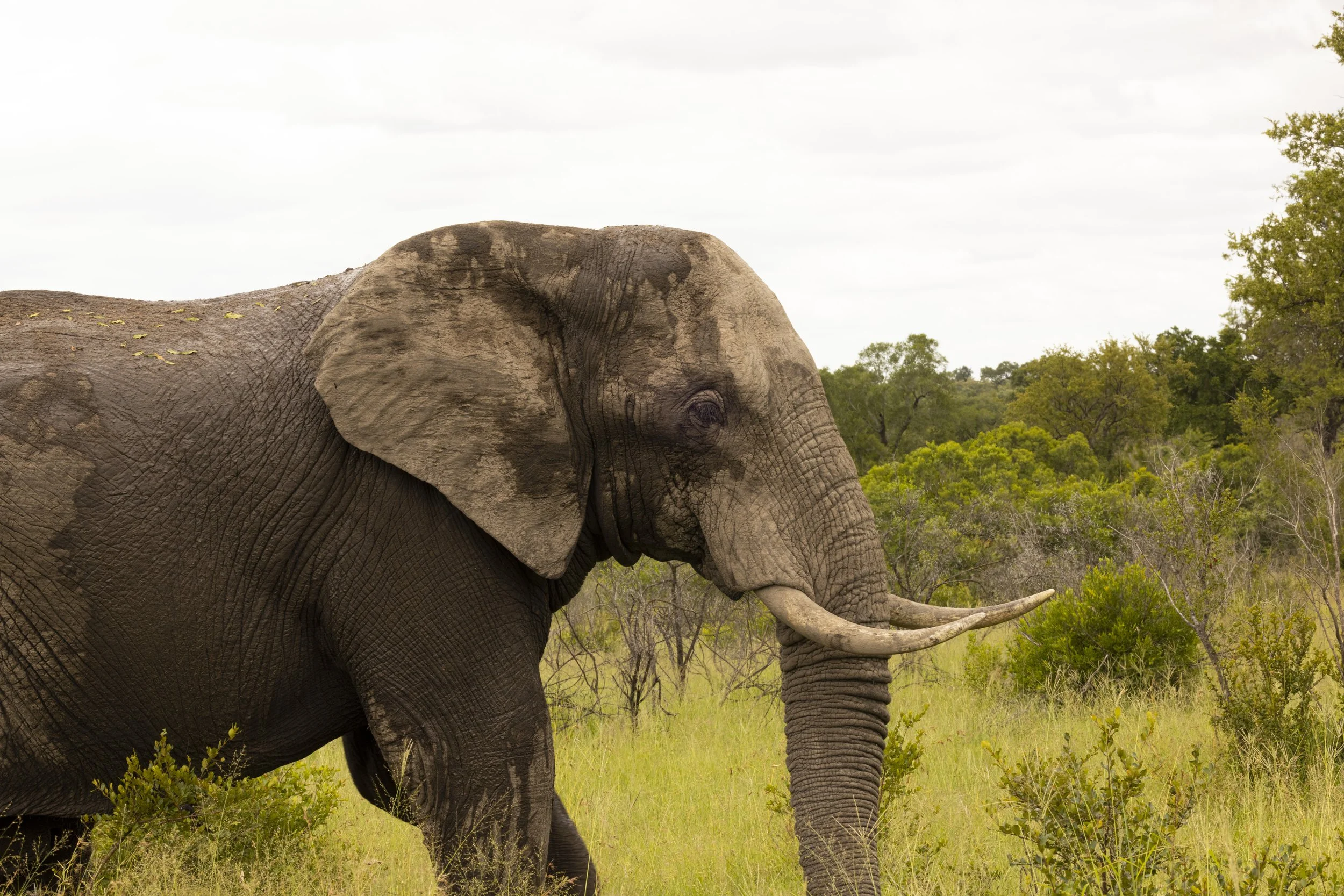Driving Kruger: A Self-Drive Safari Adventure
There’s nothing quite like driving into Kruger National Park in your own car. The moment you pass through the gates, it feels like stepping into another world—a place where adventure unfolds slowly, and every turn brings the promise of something magical.
At the gate, you’ll pay a conservation fee and grab a map that’s more like a treasure map. It’s filled with roads to explore, picnic spots to relax at, and camps where you can refuel—your car and yourself. Whether you stick to the smooth tarred roads or venture onto gravel tracks, the best part of self-driving is that you’re in charge. Go at your own pace, linger where it feels right, and let the day unfold.
Once inside, everything changes. The noise of the outside world disappears, replaced by birdsong and the occasional rustle of leaves. Early mornings and late afternoons are the best times to see animals, and it doesn’t take long before the first sighting makes your heart skip a beat. Maybe it’s an elephant strolling across the road or a giraffe nibbling leaves against a pink sunrise. The Big Five—lion, leopard, rhino, buffalo, and elephant—are the headliners, but some of the most special moments come from the smaller things, like watching warthogs trot in a single file or spotting a colorful lilac-breasted roller perched in a tree.
There’s no need to rush. Pull over, roll down your windows, and soak in the magic. Bring binoculars to catch details and keep your camera ready—sometimes, the best sightings last only a moment. And if you’re traveling with kids, turn it into a game: who can spot the first zebra, or guess how many impalas you’ll see (hint: a lot).
The video below captures the experience of pulling over to enjoy a stunning view from a bridge overlook.
When it’s time for a break, Kruger’s rest camps are like little havens. Skukuza, Lower Sabie, and Satara are some favorites, offering restaurants, picnic spots, and shops for snacks or souvenirs. These camps are also perfect if you’re staying overnight—imagine swapping stories under the stars about the lion you saw or the hyena you heard in the distance.
Of course, a self-drive safari comes with some rules: stay in your car unless you’re at a designated area, keep a safe distance from animals (especially elephants—they mean business), and stick to the speed limits. And don’t forget—camp gates close at sunset, so plan your day carefully. The last thing you want is to be late and stuck outside (or fined!).
Driving through Kruger is freedom at its best. It’s just you, the open road, and the thrill of not knowing what’s around the next corner. Every moment feels like a new story waiting to be written, whether it’s a herd of elephants bathing in a muddy watering hole or a quiet stretch of road where it’s just you and the sounds of the wild. So pack your snacks, grab your map, and let Kruger work its magic. This isn’t just a drive—it’s an adventure you’ll never forget.
How Kruger National Park Works Compared to Other Parks
1. Self-Drive Freedom vs. Guided Safaris
Kruger is one of the few major parks in Africa where you can drive yourself through the wilderness. In many other parks, like the Serengeti or Maasai Mara, visitors are required to book guided safaris with licensed drivers. In Kruger, you’re in control: drive your own car, follow your own pace, and decide where to stop and explore.
2. Accessibility and Infrastructure
Kruger’s extensive road network is well-maintained, offering tarred roads for comfort and gravel roads for a more rugged feel. Unlike parks with limited routes or rough terrain requiring 4x4 vehicles, Kruger welcomes all types of cars. There are also well-marked signs and maps, making it easy for first-timers to navigate.
3. Rest Camps and Facilities
Kruger is like a self-contained world, with rest camps offering restaurants, shops, gas stations, and overnight accommodations. Other parks often have limited facilities, requiring you to bring your own supplies or rely on guides to organize meals and rest stops.
4. Wildlife Viewing Etiquette
In Kruger, wildlife sightings are often a communal experience. Visitors share tips with each other about recent sightings, and some even use apps to track animals in real time. In contrast, guided safaris in other parks usually keep sighting locations more private, as it’s the guide’s job to find the animals for you.
5. Costs and Flexibility
Self-driving in Kruger is cost-effective compared to booking guided safaris in other parks. You pay a conservation fee, bring your own car, and have the flexibility to tailor your trip to your schedule and interests. Guided safaris elsewhere can be more expensive and fixed to specific itineraries.
6. Safety and Rules
Kruger’s emphasis on safety is similar to other parks: stay in your vehicle except at designated areas, maintain a respectful distance from wildlife, and follow park rules. What sets Kruger apart is how approachable it feels for independent travelers—it’s designed to make wildlife viewing accessible without sacrificing the safety of both visitors and animals.










